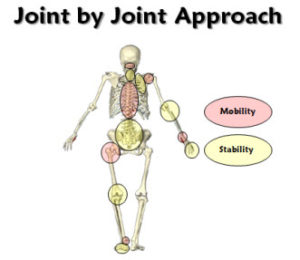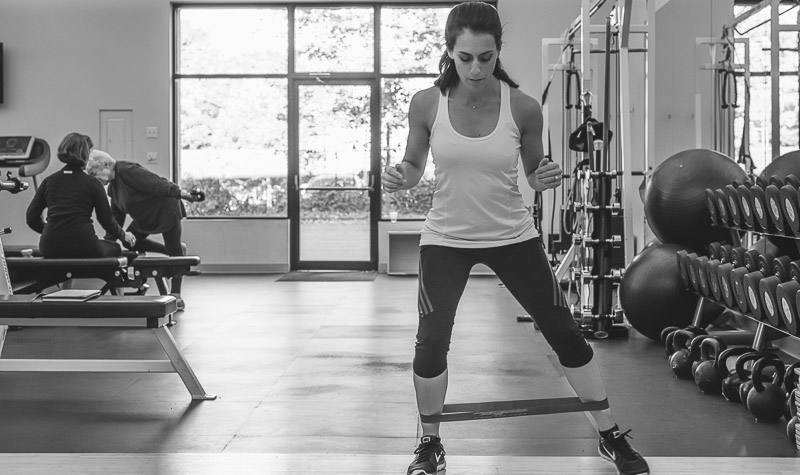Consider these characteristics as part of your warm-up to get the most out of your training.
- Start with soft tissue work
Manual therapy (if needed) is usually the first line of defense if someone is experiencing pain. Dry needling, graston, joint manipulation as well as other mobilizations with movement are great tools for quickly reducing pain and increasing motion/tissue activation.
For self soft tissue work, primary go-to’s are foam roll, PVC pipe or a lax ball. These are good tools for improving myofascial mobility. The direct pressure to soft tissue, via mechanoreceptors like Rufini corpuscles, can decrease muscle tone and stiffness of muscle tissue. This assists particularly hypomobile tissue to moving better, reinforced and followed up with specific movement. Keep in mind that consistency facilitates change. Just like foam rolling, sitting for 6-8+ hours at work or in school will create the opposite change.
2. Move from single joint to multi-joint movement
This is particularly valuable in joints that may be restricted prior to your warm up. Mobilizing or moving individual joints prior to performing multi-joint movements help foster sound motion in a movement. For example, you should be working on your ankle mobility prior to your squat because in order to perform this motion, it requires mobility from hip, knee and ankle in your lower extremity. If one joint does happen to be restricted or less mobile and is not addressed, it will force unnecessary stress on your other joints.
3. Address mobility at your ankles, hips and thoracic spine
During any field sport, you get most of your mobility through specific joints and your ankles, hips and thoracic spine are the most important. Addressing these joints and motions will ultimately allow you to move more efficient and improve physical ability through your training.

4. Take into account your asymmetries, mobility restrictions and joint laxity
As we look at the keys to a warm-up, one of the goals is to introduce movement prior to training. However, if you have movement asymmetries between left and right, restrictions in particular joints/ movements or even too much movement in particular areas this is the time in your training to address them. Laxity is something that may require increased muscle activation and cognitive awareness as you do not need more motion in this area. Restrictions should either be addressed with manual/physical therapy if severe enough or additional time spent moving there.
5. Mimic the day’s training goals
During your warm-up, priming your body to replicate movements you will do during your training on or off the field is essential. For example, if you are squatting that day, you should be doing unweighted squats with a band around the knees, if you have plyometric training, there should some low level bounding in your warm-up. This grooves the movement pattern and neurological system for higher function.
6. Stop wasting time; be present during your warm-up
All too frequently, people will approach a warm up with less focus than is required, moving slowly and wasting valuable time. The warm up is an essential part of the training session. It sets the stage for accomplishing the day’s efforts. Keep the warm up relatively short, up to 10 drills. This will help keep you focused, moving and increasing your body temperature in preparation for your main sets.
Sign up for our FREE Newsletter
Recieve performance physical thearpy, nutrition and training tips!

